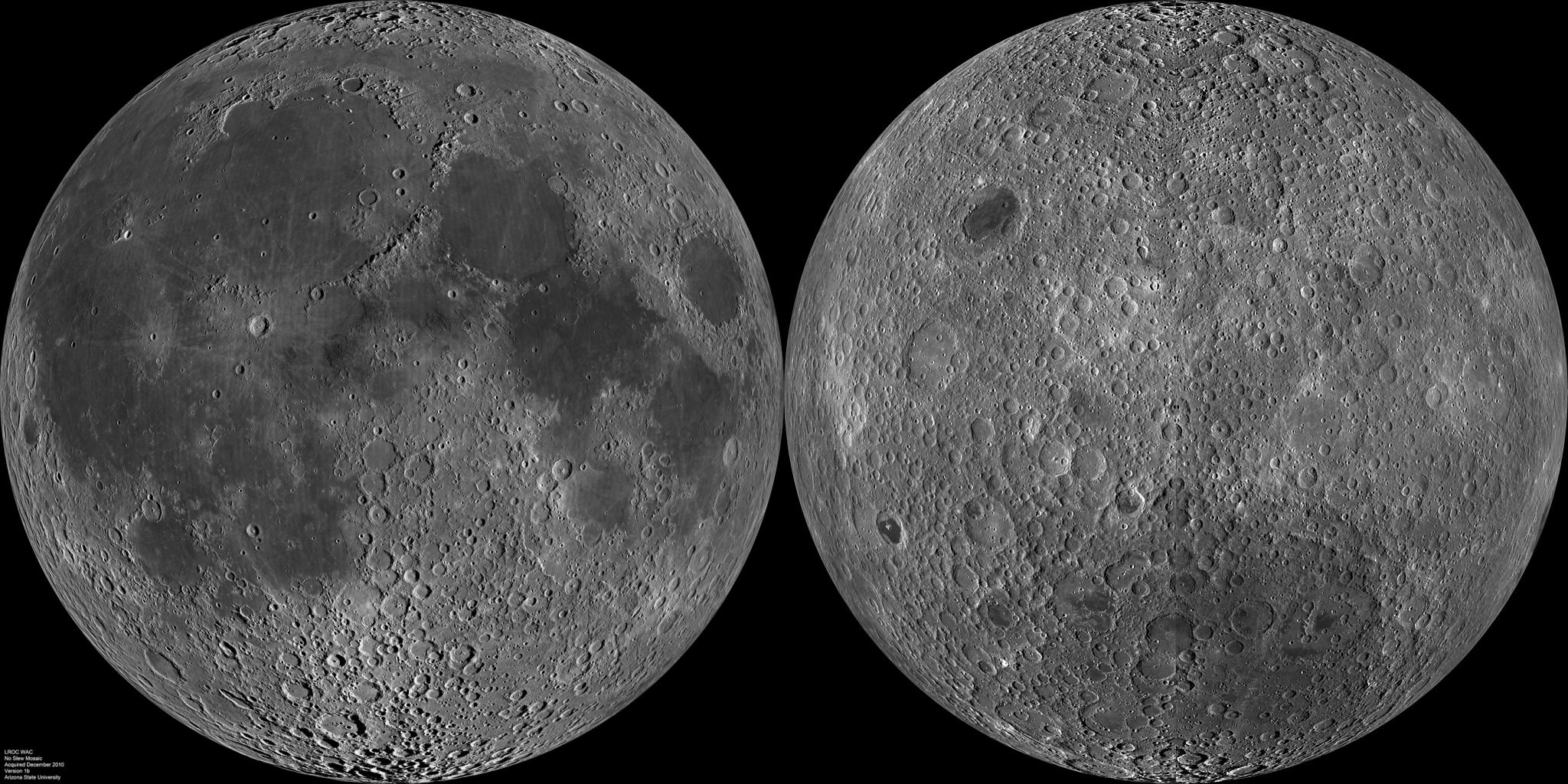Popular media often frame scientists as having a cold, sterile view of the world. That couldn’t be further from the truth.
Search Results
You searched for: S D
No planet enters retrograde more frequently than Mercury, which does so 3-4 times each year. Here’s the scientific explanation for why.
Two very different ideas, wormholes and quantum entanglement, might be fundamentally related. What would “ER = EPR” mean for our Universe?
The first observational evidence showing the Universe is expanding is 100 years old now: in 2023. Here’s the story of its 100th anniversary.
Despite being the closest planet to the Sun, Mercury “only” reaches 800 °F at its hottest. Venus is always hotter, even at night.
And what if both parties are skilled at mirroring each other? Will it produce a stalemate?
Murmurations have no leader and follow no plan.
When you’re a genius, how do you make ends meet?
Planets can be Earth-like or Neptune-like, but only rarely are in between. This hot, Saturn-like planet hints at a solution to this puzzle.
“How can we live without our lives? How will we know it’s us without our past?” Steinbeck writes.
A famous explorer’s doomed ship is finally found 107 years after it was lost to the Antarctic deep.
The hyperloop would be a great idea for a completely flat planet. With topography and infrastructure, it’s a very different story.
Dr. Tyson explains where we might find aliens, why “dark matter” is a misleading term, and why you can blame physics for your favorite team’s loss.
It’s common knowledge that syncing your circadian rhythm to a natural light-dark cycle could improve your health and well-being.
Here’s your gateway to enjoying the best of literature.
A new control system, demonstrated using MIT’s robotic mini cheetah, enables four-legged robots to jump across uneven terrain in real-time.
The surface and atmosphere is colored by ferric oxides. Beneath a very thin layer, mere millimeters deep in places, it’s not red anymore.
ATD 2023 encouraged L&D professionals to create a world that works better – whether by rethinking old assumptions, optimizing how we gather, or creating new measures for success.
Syllipsimopodi bideni is small (about 12cm in length), has ten arms, suckers, fins, and a triangular pen of hard tissue inside its body for support.
Engineers borrowed the maple tree’s “helicopter” to design tiny, flying microchips, which perform various tasks while in whirling free fall.
There are ~400 billion stars in the Milky Way, and ~2 trillion galaxies in the visible Universe. But what if we aren’t typical?
Da Vinci dreamed up a helicopter 400 years before they actually existed. Now, engineers have brought his design to life, but with a twist.
Birthrates are cyclical and have gone up and down throughout history.
What began as public outcry against Iran’s so-called morality police has snowballed into a mass movement targeting the very essence of the Islamic republic.
As Russia’s youth welcomed a new era of capitalism in the 1990s, their parents and grandparents clung to fleeting memories of Soviet life.
Planets can create nuclear power on their own, naturally, without any intelligence or technology. Earth already did: 1.7 billion years ago.
The far side of the Moon is incredibly different from the Earth-facing side. 63 years later, we know why the Moon’s faces are not alike.
Societal breakdown, whether real or imagined, can lead to dramatic responses — like blood-sucking vampires.





























